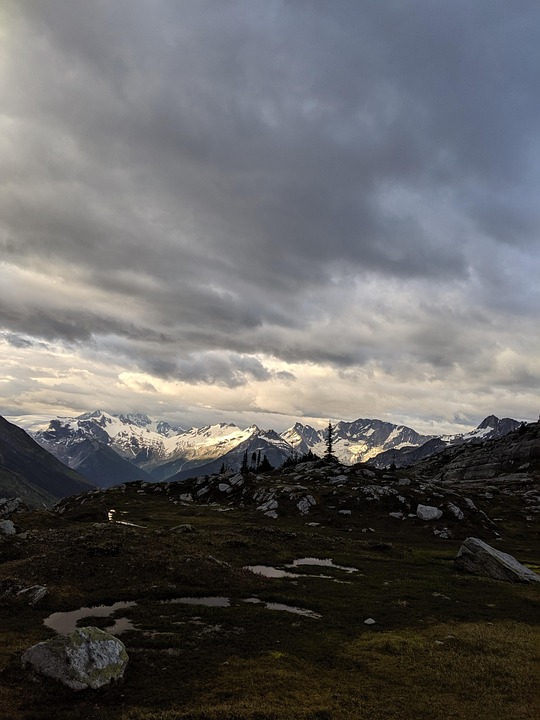Summit Fever: Conquering the Toughest Hiking Trails in the National Parks
For outdoor enthusiasts and avid hikers, there’s no greater thrill than conquering the toughest trails in the National Parks. Summit fever, a term used to describe the obsession with reaching the highest peaks, is a phenomenon that drives many to push their limits and test their endurance. In this article, we’ll explore the most challenging hiking trails in the National Parks, the rewards that come with conquering them, and the preparations necessary to tackle these formidable paths.
The Appeal of Summit Fever
Summit fever is more than just a desire to reach the top of a mountain; it’s a state of mind that drives individuals to push beyond their perceived limits. The allure of standing atop a majestic peak, taking in breathtaking views, and experiencing a sense of accomplishment is a powerful draw for many hikers. The sense of camaraderie that develops among fellow hikers, who share in the struggles and triumphs of the trail, is another aspect of summit fever that keeps adventurers coming back for more.
The Toughest Trails in the National Parks
- Angel’s Landing, Zion National Park, Utah: This 5-mile trail is notorious for its steep inclines, narrow ridges, and exposure to heights. Hikers must navigate a series of chain-assisted climbs and narrow ledges to reach the summit.
- Half Dome, Yosemite National Park, California: The 17-mile round-trip hike to Half Dome is a grueling test of endurance, with a steep, 400-foot cable climb to the summit.
- Longs Peak, Rocky Mountain National Park, Colorado: This 14,259-foot peak is a challenging 14.5-mile round-trip hike, with a difficult ascent up the Keyhole Route.
- Glacier Gorge, Glacier National Park, Montana: The 10.5-mile trail toGlacier Gorge is a strenuous hike, with steep inclines and uneven terrain, but the breathtaking views of the surrounding mountains and glaciers make it well worth the effort.
- Katahdin, Baxter State Park, Maine: The 10.4-mile round-trip hike to the summit of Katahdin, the highest peak in Maine, is a challenging and rewarding experience, with stunning views of the surrounding wilderness.
Preparing for the Challenge
Conquering the toughest hiking trails in the National Parks requires careful planning, preparation, and physical conditioning. Here are a few tips to help you prepare:
- Build your endurance: Start training several months in advance, gradually increasing your hiking distance and intensity.
- Acclimatize to high elevations: If you’re planning to hike at high elevations, spend a few days acclimatizing to the thinner air to avoid altitude sickness.
- Pack essential gear: Bring plenty of water, snacks, and layers, as well as a first aid kit, map, and compass.
- Check the weather: Always check the weather forecast before embarking on your hike, and be prepared for changing conditions.
- Hike with a partner: Whenever possible, hike with a partner or group, and make sure someone knows your itinerary and expected return time.
The Rewards of Summit Fever
Reaching the summit of a challenging hike is an exhilarating experience that offers a range of rewards, including:
- Breathtaking views: The views from the top of a mountain are often breathtaking, with panoramic vistas of the surrounding landscape.
- Sense of accomplishment: The feeling of pride and accomplishment that comes with conquering a difficult trail is unparalleled.
- Personal growth: Pushing beyond your perceived limits and overcoming challenges can lead to significant personal growth and self-discovery.
- Connection with nature: Spending time in the wilderness, surrounded by nature’s beauty, can be a profoundly moving and transformative experience.
In conclusion, summit fever is a powerful force that drives outdoor enthusiasts to push beyond their limits and conquer the toughest hiking trails in the National Parks. With careful planning, preparation, and physical conditioning, hikers can experience the thrill of standing atop a majestic peak, taking in breathtaking views, and enjoying a sense of accomplishment that will stay with them for a lifetime. So, if you’re ready to catch the summit fever bug, lace up your hiking boots, grab your backpack, and hit the trails!
